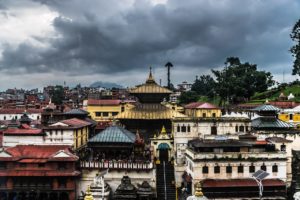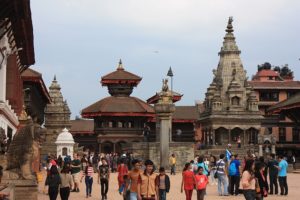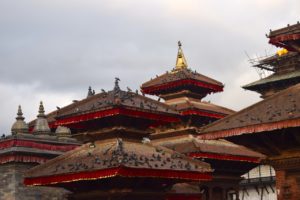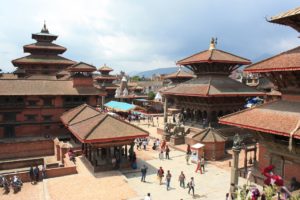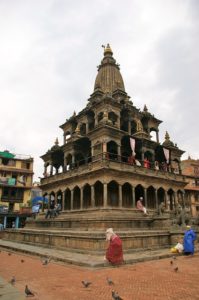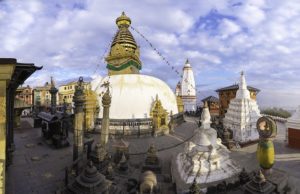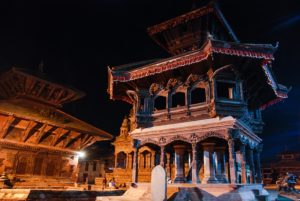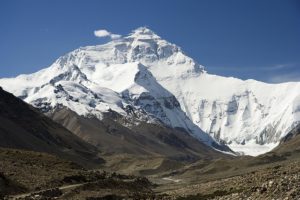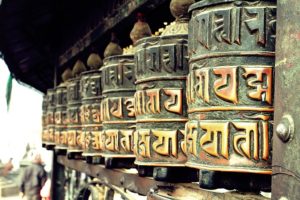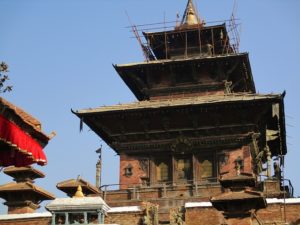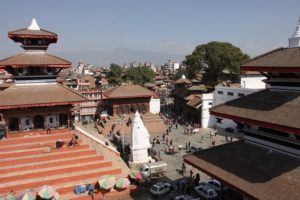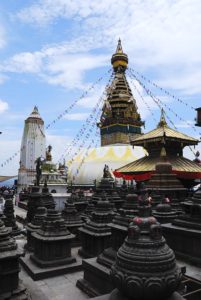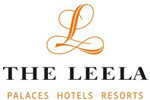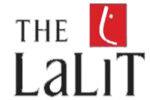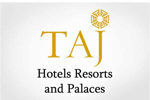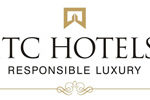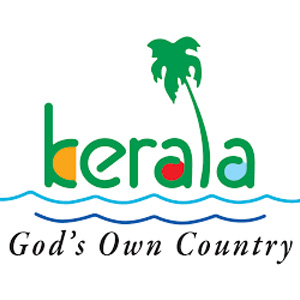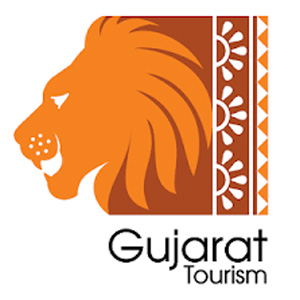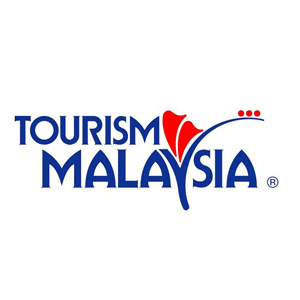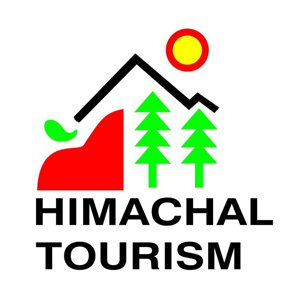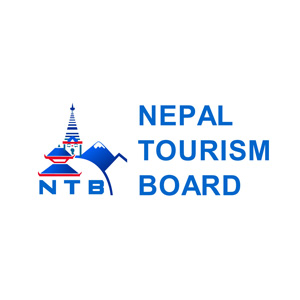



Nepal - Packages
Kathmandu-Pokhara-Chitwan-Nagarkot
General Information:
Officially the Federal Democratic Republic of Nepal is a landlocked country in South Asia. It is located in the Himalayas and bordered to the north by the People’s Republic of China,and to the south,east,and west by the Republic of India
The hot weather season begins in March and continues till the end of May. Due to the northward march of the Sun, the high temperature occurs in all parts of the country. During this season, temperature exceeds 30 o C in the Terai. Towards North, altitude increases and it remains warm in midland hills and valleys. It is cool in the Himalayan region. Days become sunny, windy and dusty and it gets hazy in some areas. Most parts of Nepal are dry in this season. However because of great heat, precipitation in the form of rain and sleet occasionally occurs from local convective storms in April and May.
Rainy Season:
It begins in June and continues up to the end of September. During this season, monsoon blows from south-east direction and bring rain to the country. The regional distribution of rainfall varies from one to the other area. It depends on the oceanic distance and local topographic features of the place. Pokhara Valley located in the central Nepal receives more than 400 cm rainfall. Similarly, southern slopes of Mahabharat and Churia hills in East Nepal receive more than 200 cm rainfall. In general, rain diminishes from Pokhara Valley towards west and north. In the north, there exists a larger rain shadow area beyond the great Himalayan Ranges in the central and western parts of Nepal . It receives poor rainfall less than 50cm. During rainy season, it gets sultry and humid. Temperature slightly drops down in rainy season due to frequent rainfall.
Winter Season:
It includes the month of October, November, December, January and February. During winter season, the sun shines over the southern hemisphere and the temperature becomes very low all over the country. It is about 15 o C temperature in the Terai. The Himalayan zone above 3000m, records the temperature below freezing point. The higher mountain areas are quite cold. On the whole, winter is generally a dry season. The monsoons blow from land to the sea during this season. However westerly wind cause light rain in the western Nepal . Clear sky, foggy or frosty and cold morning are the general features of this season.
Geography:
A landlocked country the size of Arkansas, lying between India and the Tibetan Autonomous Region of China, Nepal contains Mount Everest (29,035 ft; 8,850 m), the tallest mountain in the world. Along its southern border, Nepal has a strip of level land that is partly forested, partly cultivated. North of that is the slope of the main section of the Himalayan range, including Everest and many other peaks higher than 8,000 m.
History And Culture:
Nepal has seen many rulers and ruling dynasties.The earliest rulers were the Kirantis who ruled from 9th century B.C.to 1st century A.D.The Kirants were replaced by Licchavis .They ruled this country from 1st century to 9th century A.D.This period is noted for many temples and fine sculptures built around the Kathmandu valley.The Licchavis were followed by the Thakuris,and then came the Malla dynasty.In the 14th century A.D. King Jayasthiti Malla established a rigid social order.Then came the Shah dynasty, which prevails even today.
King Prithvi Narayan Shah, founder of Modern Nepal,unified Nepal in a single kingdom. Recognizing the threat of the British Raj in India, he dismissed European missionaries from the country and for more than a century, Nepal remained in isolation. During the mid-19th century Jung Bahadur Rana became Nepal’s first prime minister to wield absolute power.He set up an oligarchy and the Shah Kings remained figureheads.
Best Places To Visit:
- The Temple Pashupatinath.
- Chitwan is one of Asia’s premier wildlife reserves
- Enjoy Jungle observation at Chitwan National park
- Elephant Safari in the jungles
- View of the Mt. Everest can be seen from here
- Native folk dances
- Viewing sunrise and sunset atNagarkot
- Kathmandu Valley and views city of Kathmandu
What to do:
Pashupatinath, or Pashupati, is a Hindu temple on the banks of the Bagmati River in Deopatan, a village at 3 km northwest of Kathmandu.It is dedicated to a manifestation of Shiva called Pashupati (Lord of Animals).It attracts thousands of pilgrims each year and has become well known far beyond the Kathmandu Valley.The temple is barred to non-Hindus,but a good view of the temple can be had from the opposite bank of the river.
Bouddhnath:
Boudhanath Stupa (or Bodnath Stupa) is the largest stupa in Nepal and the holiest Tibetan Buddhist temple outside Tibet.It is the center of Tibetan culture in Kathmandu and rich in Buddhist symbolism.The stupa is located in the town of Boudha,on the eastern outskirts of Kathmandu.
Durbar Square:
The heart of Kathmandu, this ancient square crowded with palaces and temples, including the current incarnation of the Kasthamandap or “Wooden house” gives the city its name.The square has been in active use since the construction of a palace around 1000 AD.This site is the most popular UNESCO World Heritage Site in Nepal.
Syambhunath :
It is said to be 2000 years old.Painted on the four sides of the spire’s base are the all seeingBuddha’s eyes.It is at 4 km west of Kathmandu ‘s thamel.The stupa is the oldest of its kind in Nepal. It was listed in the Unesco World Heritage Monument List in 1979.
Kumari Ghar:
The Kumari Ghar,or House of the Living Goddess,was built in 1757 by King Jaya Prakash Malla.Known forhis paranoia and weakness,the king upset a Kumari and was so treated by guilt that he built a home for her as an act of atonement. Looking over the south side of Durbar Square,the Kumari Ghar is a brick building decorated with wood-carved reliefs of gods and symbols.
Chitwan National Park:
Royal Chitwan National Park stands today as a successful testimony of nature conservation in South Asia.This is the first national park of Nepal established in 1973 to preserve a unique ecosystem significantly valuable to the whole world.The park covering a pristine area of 932 sq.km is situated in the subtropical inner Terai lowlands of southern central part of Nepal.The park has gained much wider recognition in the world when UNESCO included this area on the list of World Heritage Site in 1984.Moreover elephant safari,canoeing,bird watching,nature walk,dugout canoe can be done at chitwan national park.
Pokhara
Bindabasini Temple:
Bindabasini temple or Bindhyabasini Mandir is of great religious importance to Hindus living in the Pokhara region. It is a vital hub of religious fervor.The temple itself is dedicated to the Hindu goddess Durga,who is Pokhara’s chosen guardian deity. Durga, also known as Shakti or Kali has numerous manifestations and at the Bindabasini temple she is seen as Bhagwati,a blood-thirsty aspect of the goddess
Patale Chango (Davids waterfall):
This is another natural wonder of Pokhara. An awesome waterfall that disappears into the blackness of the deep gorge that lies below.Legend has it that a trekker named David was swept by the Pardi Khola and who mysteriously disappeared into the underground passage of this waterfall.Thereafter it is named after him.
Gupteshwar cave:
This Cave divided into two parts. First parts is about 40 meters long,there is a natural cave and temple of Lord Shiva to visit the first you have to pay Rs 30 per person as entry fee.In this first part you are not allowed to take photos. Next parts start after temple which way goes to the down side if Devis fall,the distance about 100 meters from second entrance,from there you can see the view of Davis Fall as well as natural rocks,Electric lights are managed for the convenience of the visitor.To visit 2nd part you have to pay Rs 100 per person.This cost covers 1st part and 2nd part. So if you pay Rs 100 you can visit both parts.After the Lord Shiva temple on second parts of this Cave you are allowed to take photos.Second parts is closed during 4 month of Monsoon (June,July ,August and September).
Jomsom:
Jomsom Trekking is situated to North of Pokhara,Nepal’s spectacular diversity appears at its finest The deep valleys and high mountains encircling the giant Annapurna Himal embrace a wide range of people and terrain,from subtropical jungle to a high dry landscape resembling the Tibetan Plateau.This is the most popular trekking region attracting over 75% of trekkers.
Dhulikhel:
Dhulikhel is an ideal place for relaxation and a perfect stop for visitors to opt for many interesting day trips and short treks. Dhulikhel’s rich cultural heritage expresses itself in old brick buildings, temples, Newari architecture and quiet cobbled lanes.
Nagarkot:
Nagarkot located to 32 kilometers east of Kathmandu is one of the most scenic spots in Bhaktapur district and is renowned for its spectacular sunrise view of the Himalayas when the weather is clear.Nagarkot has become famous as one of the best spots to view Mount Everest as well as other snow-topped peaks of the Himalayan range of eastern Nepal.It also offers an excellent view of the Indrawati river valley to the east.Nagarkot also offers a panoramic view of the Valley and is described by visitors as a place whose beauty endures year round
Best time to visit:
October and December is the best time to visit Nepal as the skies are generally clear and the views spectacular. The weather remains dry until about April. January and February can be very cold, especially at night, but will reward you with incredible panoramas and quieter trekking trails as there are fewer visitors. Late spring is a beautiful time to travel as the rhododendrons burst into bloom. From May, heat and humidity levels build until the monsoon rains arrive in June and the clouds obscure the glorious mountain views. Nepal celebrates festivals all year, so there is often a festival or pilgrimage taking place – ask your specialist for more details as the dates often change from year to year.
Map:
Nepal Photos Gallery
Testimonials
Goa Tour
It was G8 experience to book the package of amezing GOA tour. They had given the best rate of the package & of very nice Resort.
Royal Rajashthan
It was very nice experianc booked Royal rajashthan tour. The provided full Facility, good room, food, serivice, what they committed befor booking. We satisfied with his tour, thanks for your Good Supports and service.
Panchgani Package
It was absolutely superb Hotle with nice services I got. Those people provided good hospitality including all aspects like room service, parking, good food quality and guide suggested who warmly showed all the locations in panchgini.
Rameshbhai Patelakshar tools
Goa Tour
It was G8 experience to book the package of amezing GOA tour. They had given the best rate of the package & of very nice Resort.
Royal Rajashthan
It was very nice experianc booked Royal rajashthan tour. The provided full Facility, good room, food, serivice, what they committed befor booking. We satisfied with his tour, thanks for your Good Supports and service.
Panchgani Package
It was absolutely superb Hotle with nice services I got. Those people provided good hospitality including all aspects like room service, parking, good food quality and guide suggested who warmly showed all the locations in panchgini.

